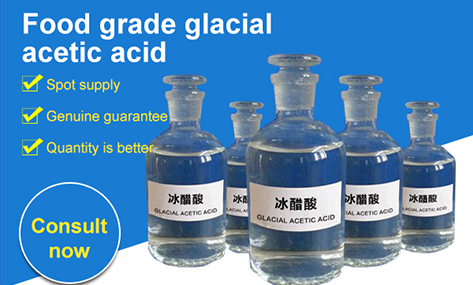
12-р сар . 17, 2024 23:50 Back to list
glacial acetic acid properties
Properties of Glacial Acetic Acid
Glacial acetic acid, chemically known as ethanoic acid, is a colorless liquid that serves as a prominent organic compound in both industrial and laboratory settings. Its systematic name is derived from its structural formula (CH₃COOH), indicating its functional carboxylic acid group. Known for its unique properties, glacial acetic acid plays a critical role in various applications, ranging from food preservation to the manufacture of synthetic fibers and plastics.
Physical Properties
One of the most notable physical properties of glacial acetic acid is its melting point, which is around 16.6 °C (61.9 °F). Below this temperature, it solidifies into a crystalline form, hence the term glacial. The boiling point is relatively high, standing at approximately 118.1 °C (244.6 °F), which is indicative of its ability to form hydrogen bonds due to the presence of -OH (hydroxyl) groups. When in pure form, glacial acetic acid is a clear and colorless liquid that has a pungent, vinegar-like odor, making it easily recognizable.
It is important to note that glacial acetic acid is hygroscopic, meaning it readily absorbs moisture from the air. This property can pose challenges for its storage and handling, as it can encourage the formation of diluted solutions if not kept in a tightly sealed container. Its solubility in water is significant; glacial acetic acid can mix with water in all proportions, transforming the solution’s properties depending on concentration.
Chemical Properties
From a chemical standpoint, glacial acetic acid is an important weak acid, exhibiting typical acidic behavior, such as the ability to donate protons (H⁺) in aqueous solutions. This characteristic is crucial for its role in various chemical reactions, including esterification and acylation processes. Acetic acid can react with alcohols to form esters, a reaction widely utilized in the production of various fragrances, solvents, and industrial chemicals.
Glacial acetic acid is also a key component in the synthesis of other chemical compounds. It can be used to create acetates, which are employed in the manufacturing of food additives, pharmaceuticals, and even textiles. Moreover, it serves as a reagent in laboratories for organic synthesis. Its capacity to act as both a weak acid and a solvent facilitates numerous applications in chemical research.
glacial acetic acid properties

Uses and Applications
The applications of glacial acetic acid are diverse and far-reaching. In the food industry, it is a vital ingredient in food preservation, acting as a preservative and flavoring agent. The acidity helps to inhibit the growth of harmful bacteria, making it a common additive in pickling.
In the textile and plastics industries, glacial acetic acid is employed to produce synthetic fibers such as rayon and acetate. The chemical's ability to dissolve cellulose leads to advancements in fabric production and finishes. Additionally, it plays a role in the production of various plastic products, enhancing their durability and flexibility.
Furthermore, glacial acetic acid is utilized in the preparation of numerous pharmaceutical compounds and chemicals. It acts as a solvent and an intermediary in the production of several drugs, making it indispensable in medicinal chemistry.
Safety and Handling
While glacial acetic acid is an essential compound with numerous applications, it can also pose health risks if not handled properly. It is corrosive and can cause burns upon skin contact, and its vapors can lead to respiratory irritation if inhaled. Appropriate safety measures, including the use of personal protective equipment (PPE) and proper ventilation, are essential when handling this substance.
In conclusion, glacial acetic acid is a versatile and essential chemical in various industries, with unique physical and chemical properties that facilitate its diverse applications. From food preservation to industrial manufacturing, its roles are numerous and varied. However, awareness and caution regarding its handling are equally important, as safety plays a crucial part in its practical use.
